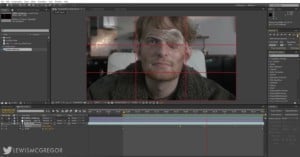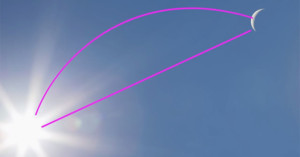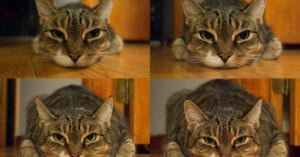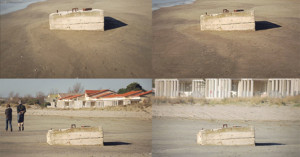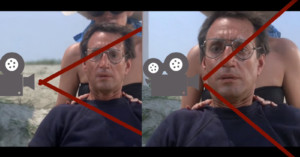
A Closer Look at the Dolly Zoom
The "dolly zoom," also known as the "Hitchcock zoom" or "Vertigo effect," is a filmmaking technique that involves changing a zoom lens' angle of view while moving the camera toward or away from a subject to keep their relative size in the frame the same. Here's a 4-minute video by Now You See It that explains this technique and how (and why) it's used.
